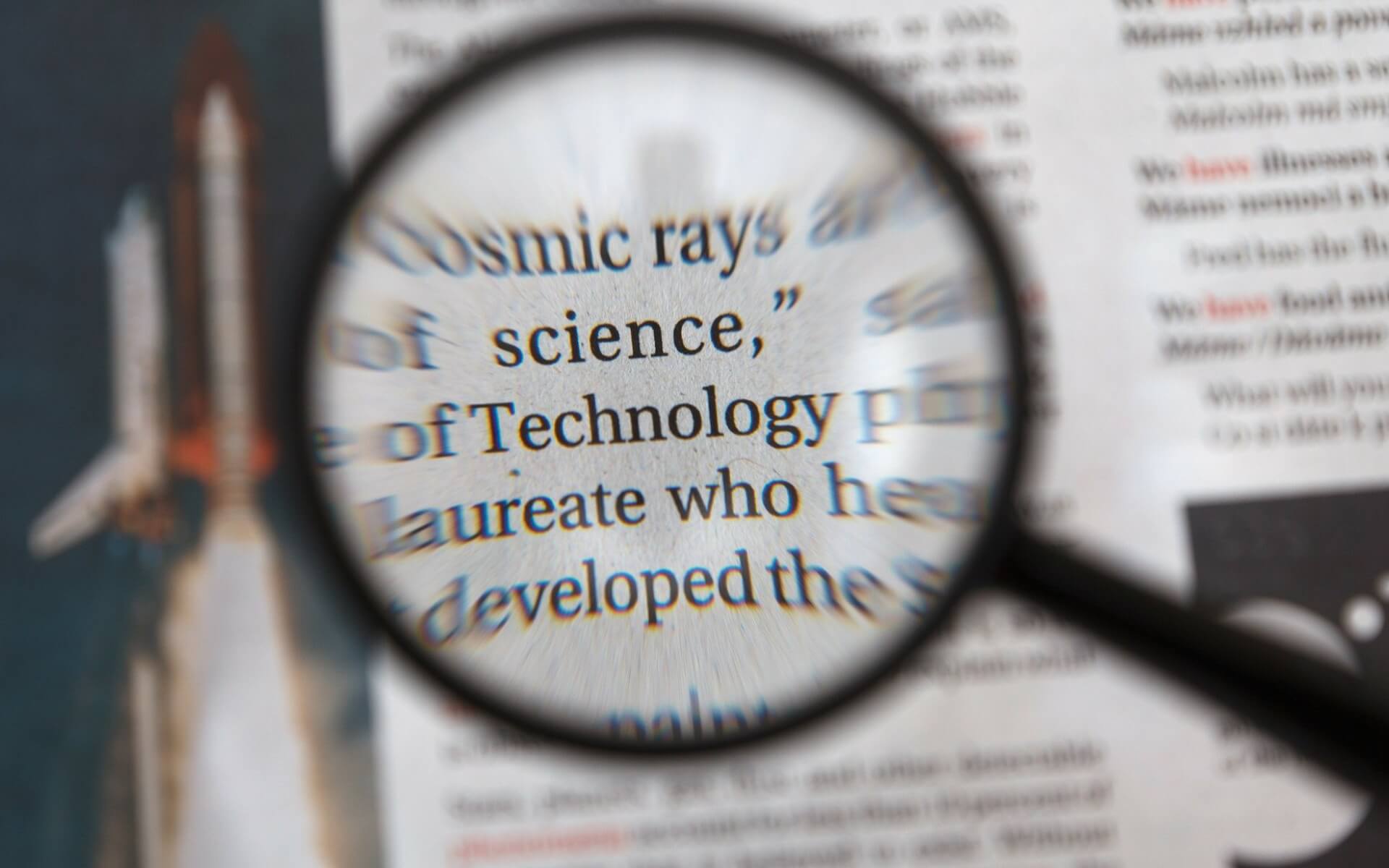The year 2019 was the busiest for fact-checkers on social media. Moving from one event to another—from the General Election, to Pulwama attack and India’s reprisal through surgical style, to the scrapping of article 370 and now CAA, the number of posts the fact-checkers worked on, according to Economic Times, grew from 20–50% in 2019. Pratik Sinha, founder of AltNews, says, “Any issue that captures national attention comes with misinformation.” Having the largest number of social media users in the world, curbing fake news in India presents unique challenges to large social media houses.
Having the largest number of social media users in the world, curbing fake news in India presents unique challenges to large social media houses.
However, a research conducted at the Ohio State University to understand the relationship between misinformation and our behaviour towards it, found an unnamed villain of misinformation—ourselves. The research, conducted under Shannon Poulsen and Matthew Sweitzer in December 2019, provided the participants with data on certain controversial issues, and later asked to corelate them with those issues. What the study found was that “people given accurate statistics on the controversial issue tended to remember those number to fit commonly held beliefs.” To illustrate, when the participants were given the data that the number of Mexican immigrants to the US fell from 12.8 million in 2007 to 11.7 million in 2014, they remembered the data, but concluded exactly opposite, namely that the number of immigrants had grown from 11.7 million in 2007 to 12.8 million in 2014. The participants were not guessing, but what was happening was that “their biases were leading them to misremember the direction they were going.” In other words, people were turning contrary data into supportive evidences, even unconsciously. The biases then multiplied every time they were communicated. The study that has appeared online in the journal Human Communication Research, point to an important fact: “People can self-generate their own misinformation. It doesn’t all come from external sources.” To put it differently, while we must, with all our strength, fight against the external sources of misinformation, it is important to recognise how vulnerable we are to ourselves.
It does not take a PhD in psychology to realise that we possess some vile thoughts hidden in the crevices of our heart that even we aren’t aware of. Jeremiah says, “The heart is deceitful above all things and beyond cure. Who can understand it?” (Jer 17:9). It is so vicious that, if it were possible, it would even distort the truth for its own benefit.
To me this is an important reminder that we can’t be the standard of truth. We are just too flimsy for that. We may create our own “truths”, but they are often convoluted evidences to suit our purposes, to strengthen our biases. Our source, our standard of truth has to be external. The Bible suggests that this source is God, the Ultimate Truth.
Jesus throughout his ministry dealt with the prejudices of his disciples—their presumptions about power, about kingdom, about Gentiles. And yet there were those moments when the individuals were so startled by the reality that they had nothing but to surrender to it. Peter’s experience in Luke 5 is one of them. Right after the large catch of fish, he did not negotiate a fishing deal with Jesus. Instead, “he fell at Jesus’ knees and said, ‘Go away from me, Lord; I am a sinful man!’” (Luke 5:8). The Message Bible puts it beautifully, “Master, leave. I’m a sinner and can’t handle this holiness.” It was similar to Isaiah’s experience of seeing the Lord “high and exalted” followed by a confession, “I am ruined!” —a realisation of his own bankruptcies in the light of God’s holiness (Isaiah 6).
We may create our own “truths”, but they are often convoluted evidences to suit our purposes, to strengthen our biases. Our source, our standard of truth has to be external. The Bible suggests that this source is God, the Ultimate Truth.
These episodes often remind me of a common wintry image of opening a window of our house in the morning to let the sunlight come in. As soon as it enters through the window, we begin to see the dust particles flying in the air that we hadn’t noticed in the dark. It needs a magnifying glass of God to show and confront our own hidden agendas.
Certainly, spectacular experiences like that of Isaiah and Peter don’t happen to us every day. They didn’t happen every day to them either. But their experiences with Jesus had convinced the disciples that in Jesus, God was with them. What followed was that the direction of their life and their thoughts began to be reoriented in the light of this new reality—God who was there with them, not watching over them as a boss peeping over the cubicle of his employee, but as a Reality that was so central that everything else has be to rearranged in line with Him. It was in this resetting that even their mundane life found a new meaning and purpose. As they began to live with an awareness of God’s presence in their lives, rearranging and reorienting themselves to it, their prejudices were confronted, and gradually began to disappear. After all, it took some time for largely Jewish church to acknowledge that God of Israel was God of Gentiles too, but finally it did, which was nothing short of a revolution.
But since our hearts are so vicious, a drizzle, a cursory reading of truth or a glance at it will not suffice. We will need a downpour of truth to saturate ourselves in it by standing transparent before it time and again. And, not just that. To counter misinformation that buttress our prejudices, we will also have to saturate the world with truth by a constant telling and retelling of truth. Because it is only in the presence of the Truth that our deep-seated prejudices, lies that we convince ourselves with, our desire to be our own standard, our very selves will emerge through the crevices of our heart to be encountered and dealt with.





